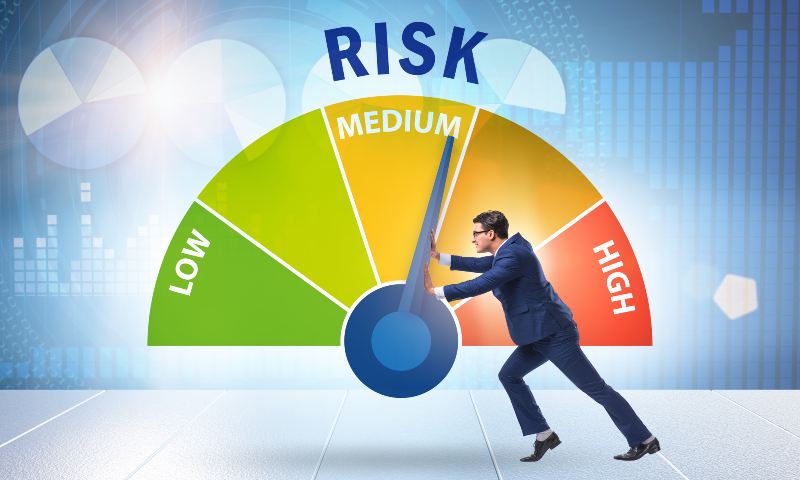When starting a business, an entrepreneur must consider all the risks that may be detrimental to their venture. Identifying and addressing these risks before they become a problem is essential to early success. This process is referred to as risk mitigation. According to the National Institute for Standards of Technology’s resource center, risk mitigation includes “prioritizing, evaluating, and implementing the appropriate risk-reducing controls and/or countermeasures.” Risk mitigation is crucial, as it protects individuals and organizations from financial loss, legal trouble, reputation damage, and even total project failure. This article will outline examples of risks and steps to resolve and prevent them.
Here are the steps for a Risk Mitigation Plan:
Identify
A risk could present itself in varying degrees of urgency. A risk can range from a potential vulnerability to a known threat. Vulnerabilities could be found in system insecurities, in lapses of efficiency, and in prevalent competition.
Assess
Consider the risks you have found and determine the weight of the impact it would have, should it occur. In addition, you should also determine the likelihood of this risk occurring. These steps will help address the risk appropriately and dictate the degree to which it should be handled.
Prioritize
Once the urgency has been outlined, rank which risks need the greatest level of attention and what risks need less/the least amount of attention. Risks at the top of the list should take the greatest priority.
Track
Pay attention to risks that can be tracked over time. Even if it starts as low priority and needs a low level of attention, the potential for risk can grow over time. Tracking risks will allow you to better address issues as they present themselves.
Enact
Once a plan to address risks is in place, you should continue to monitor and tweak it as new risks arise to ensure the plan is relevant and not outdated. Your plan should reflect an updated list of priorities in order for it to better serve you and your business.
Mitigating risk is an important step in getting your venture off the ground. By using these steps, you will be less vulnerable to risk and increase your chances of a successful venture.

